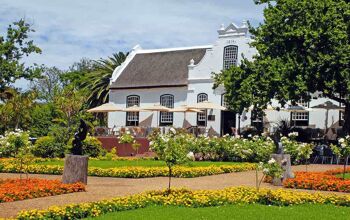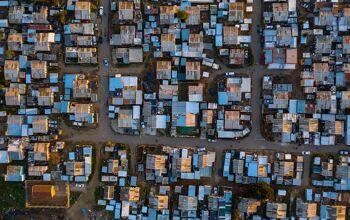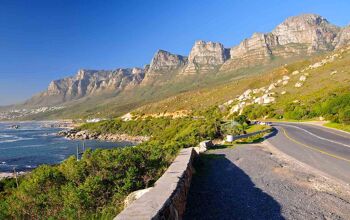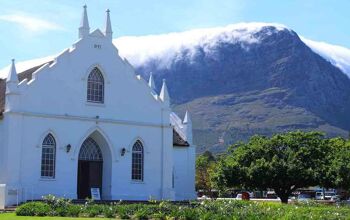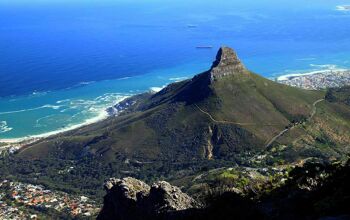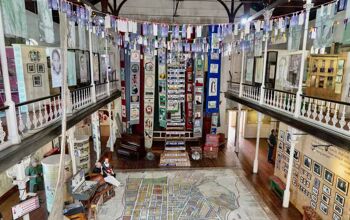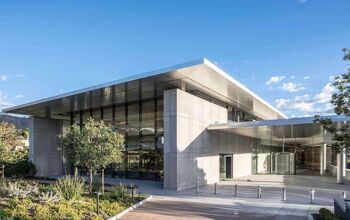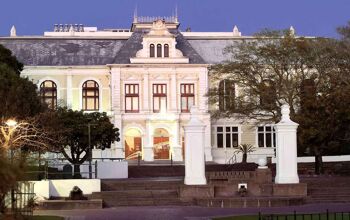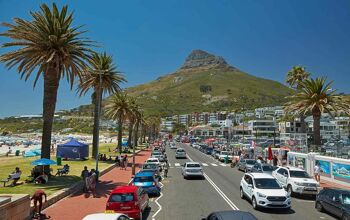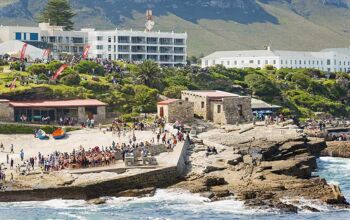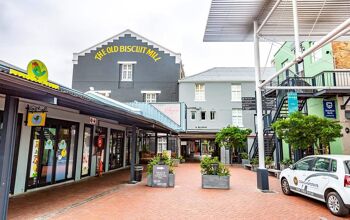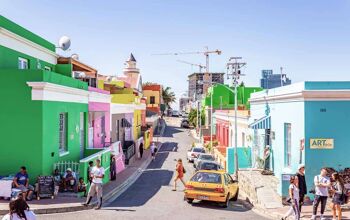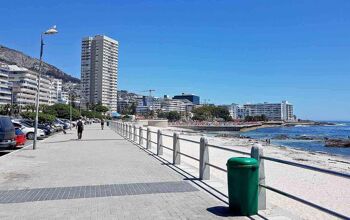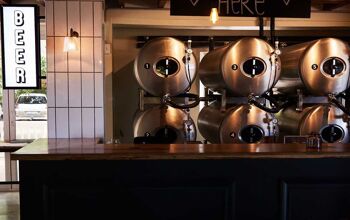The vibrant suburb of Cape Town, formerly known as the Cape Malay Quarter, is famous for its colourful house facades and steep, cobblestone streets.
It’s one of the oldest neighbourhoods in Cape Town, and one of the few areas genuinely historical areas – and is now a declared National Monument. It was built at the end of the 18th century, initially attracting lower-income families and artisans, followed by an influx of former Malay slaves following the abolition of slavery in 1830.
Originally, all of the (rented) houses, known as huurhuisjes, had to be white. But when this rule was lifted and the slaves were permitted to purchase their houses, they apparently painted them bright colours to express their new-found freedom.
Walking tours are best for those wanting to delve deeper into the culture and history of this fascinating neighbourhood. Bo-Kaap offers a unique and rare window into Cape Town – and South Africa’s – past. The tiny Bo-Kaap Museum, set within one of the oldest and most well-preserved houses dating back to the 1760s, houses historical documents, photographs, artefacts, and interactive displays.




